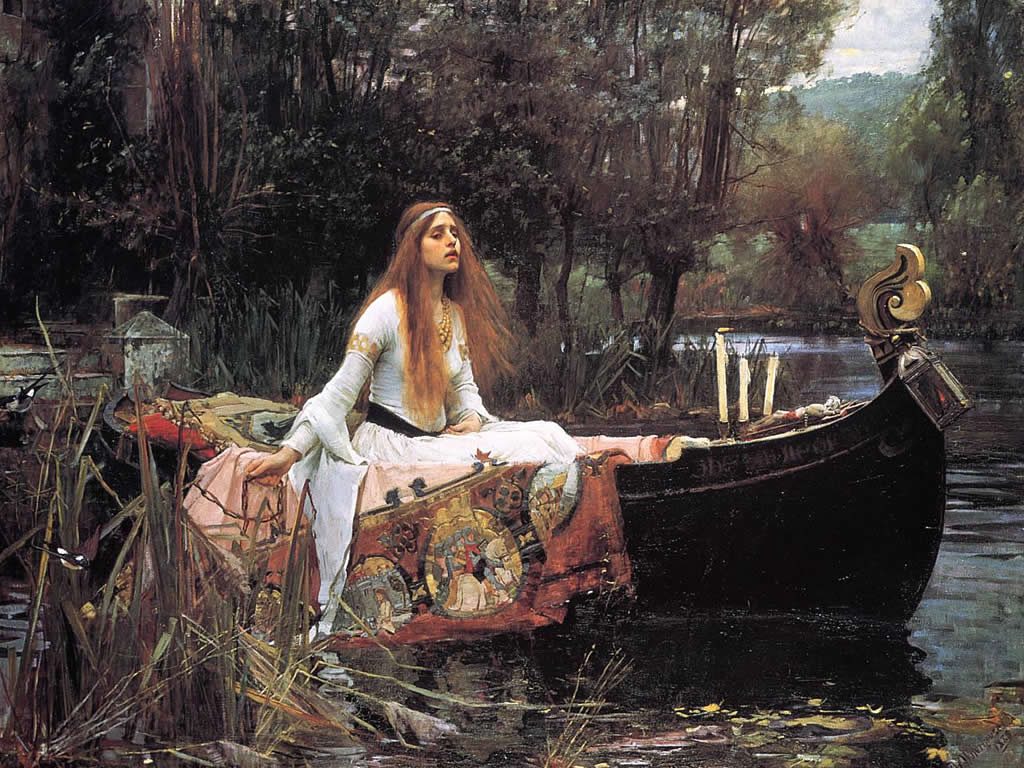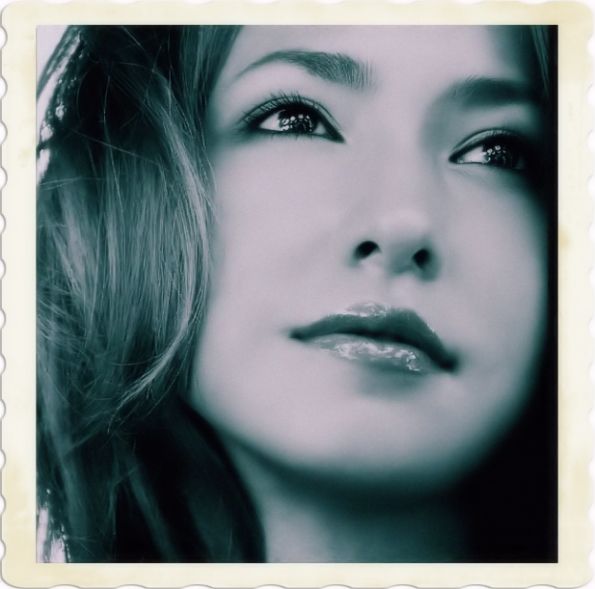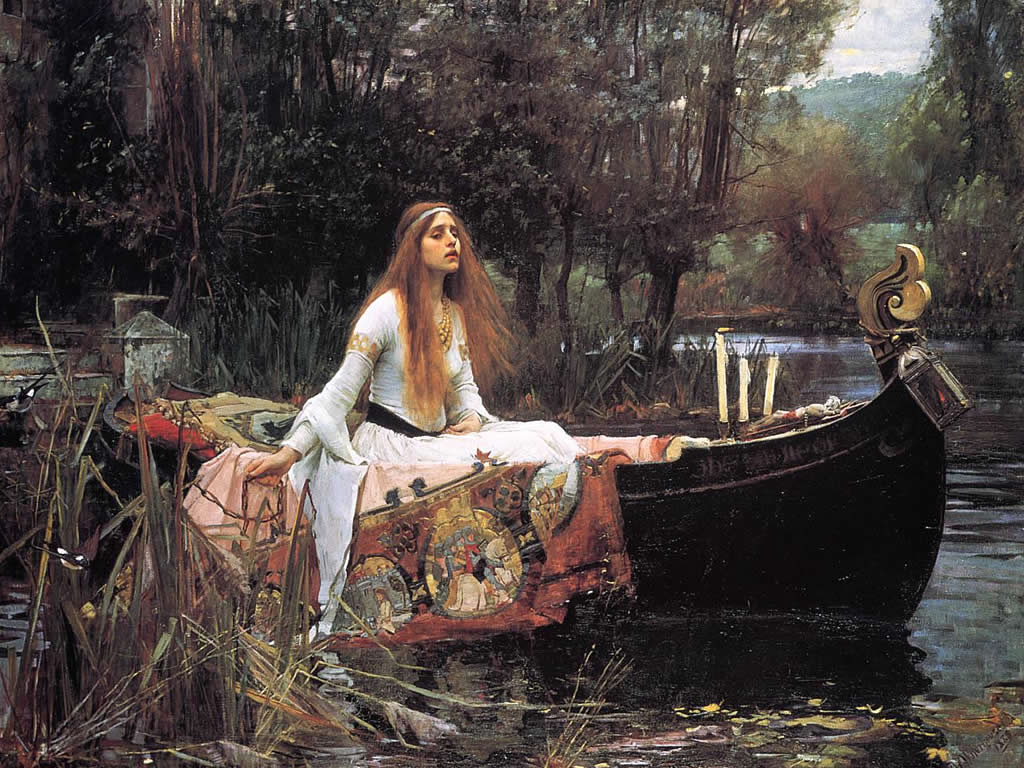
Arts and crafts, an article that explains the deep meaning of the term art, its real value and its famous movements, such as the arts and crafts philosophy, or the Andros theory of art.
When I say artist I mean the one who is building things … some with a brush – some with a shovel – some choose a pen.
Jackson Pollock
The main thing is to be moved, to love, to hope, to tremble, to live.
Auguste Rodin
The providences of art and the resources of virtue must therefore be interpreted as practical devices and theoretical elaborations through which historical humanity has tried to cope with pain in all its determinations.
Salvatore Natoli
Life is the art of drawing without an eraser.
John W. Gardner
Art doesn’t have to be pretty. It has to be meaningful.
Duane Hanson
Art, a disciplined activity that may be limited to skill or expanded to include a distinctive way of looking at the world. The word art is derived from the Latin ars, meaning “skill.” Art is skill at performing a set of specialized actions, as, for example, the art of gardening or of playing chess.
Art in its broader meaning, however, involves both skill and creative imagination in a musical, literary, visual, or performance context. Art provides the person or people who produce it and the community that observes it with an experience that might be aesthetic, emotional, intellectual, or a combination of these qualities.
Traditionally, in most societies, art has combined practical and aesthetic functions. In the 18th century in the West, however, a more sophisticated public began to distinguish between art that was purely aesthetic and art that was also practical. The fine arts (French beaux arts) – including literature, music, dance, painting, sculpture, and architecture – are concerned primarily with aesthetics. The decorative or applied arts, such as pottery, metalwork, furniture, tapestry, and enamel, are often useful arts and for a time were demoted to the rank of crafts. Because the École des Beaux-Arts in Paris taught only the major visual arts, the term art was sometimes narrowed to mean only drawing, painting, architecture, and sculpture. Since the mid-20th century, however, greater appreciation of non-Western and folk traditions and of individual work in a mechanized society has tended to blur the old distinction. Both categories are becoming valued as art.
Both art and science require technical skill. Both artist and scientist try to create order out of the seemingly random and diverse experiences of the world. Both try to understand and appreciate the world and to convey their experience to others. However, an essential difference exists: The scientist studies quantitative sense perceptions in order to discover laws or concepts that are universally true. The artist selects qualitative perceptions and arranges them to express personal and cultural understanding. Whereas further investigation may cause a scientific law to be invalidated, a work of art – despite changes in the artist’s view or the public taste – has permanent validity as an aesthetic statement at a particular time and place.
Although artists may be unique geniuses impelled by their own creative energies, they are also very much products of their societies. A society must provide sufficient wealth and leisure to enable the public or an institution to pay a professional artist, as did Sumerian priests and Renaissance princes. An amateur artist must have free time, as, for example, a farmer who carves or embroiders in winter, or an office worker who paints on Sunday. Even the choice to be an artist may be culturally influenced. In many traditional societies, artists, like other people, customarily followed their father’s profession, as did certain Japanese families of actors and painters and the musical dynasties of 18th-century Europe.
The physical resources of a society affect the medium in which an artist works. In stoneless Mesopotamia, Sumerian architects built in brick. Nomadic Asian herders wove wool from their flocks into rugs. Medieval European painters worked on wood panels, plaster walls, stained-glass windows, and parchment books in an era before paper was known in the West. Mass production and world trade have given 20th-century artists an enormous range of materials.

An artist’s medium affects the style of the work. Thus, a sculptor must treat stone differently from wood; a musician achieves different effects with drums than with violins; a writer must meet certain demands of poetry that might be irrelevant to the novel. Local tradition also affects art styles. Pottery design in one area and period may be geometric and in another, naturalistic. Indian tradition prescribed closely curled hair in depictions of the Buddha, just as Western tradition decreed blond hair for depictions of Jesus Christ. Eastern artists paid no heed to scientific perspective, which has been a major concern of Western painters since the European Renaissance.
In addition, the subject of art is largely dictated by the society that supports it. Ancient Egyptian art and architecture, dominated by state and religion, glorified the pharaoh and life after death. In pious medieval Europe, most visual arts and theater had Christian themes. In 20th-century totalitarian countries, officially accepted art must serve the state. Since the 19th century, in most Western countries, artists have had greater freedom to choose the subjects they please. Sometimes, as in conceptual art and absolute music, the form of the work becomes its subject.
The status of artists in the West has changed over the centuries. In classical and medieval times, poets and other writers who used mental skills were usually ranked above actors, dancers, musicians, painters, and sculptors who used physical skills. From the Renaissance on, as all aspects of the human personality came to be valued, those skilled in the visual and performing arts gradually gained greater recognition and social prestige. Today art in all its categories is considered an essential part of human achievement, and some of its many, varied creators are ranked among the most celebrated citizens of the world.
To draw, you must close your eyes and sing.
Pablo Picasso
Art enables us to find ourselves and lose ourselves at the same time.
Thomas Merton
Go and make interesting mistakes, make amazing mistakes, make glorious and fantastic mistakes. Break rules. Leave the world more interesting for your being here. Make. Good. Art.
Neil Gaiman
Art is not a thing, it is a way.
Elbert Hubbard
Truth is beauty and beauty is truth, that is all you need to know to be a perfect stupid.
Carl William Brown
In fact, complete happiness cannot silence the pain. Less than ever can the art that consoles, the technique that produces, the virtue that administers.
Salvatore Natoli
Beauty is no quality in things themselves: It exists merely in the mind which contemplates them; and each mind perceives a different beauty.
David Hume
The greater the decrease in the social significance of an art form, the sharper the distinction between criticism and enjoyment by the public. The conventional is
uncritically enjoyed, and the truly new is criticized with aversion.
Walter Benjamin
In order for the artist to have a world to express he must first be situated in this world, oppressed or oppressing, resigned or rebellious, a man among men.
Simone De Beauvoir
As for types like my own, obscurely motivated by the conviction that our existence was worthless if we didn’t make a turning point of it, we were assigned to the humanities, to poetry, philosophy, painting – the nursery games of humankind, which had to be left behind when the age of science began. The humanities would be called upon to choose a wallpaper for the crypt, as the end drew near.
Saul Bellow
Without poets, without artists, men would soon weary of nature’s monotony. The sublime idea men have of the universe would collapse with dizzying speed. The order which we find in nature, and which is only an effect of art, would at once vanish. Everything would break up in chaos. There would be no seasons, no civilization, no thought, no humanity; even life would give way, and the impotent void would reign everywhere.
Guillaume Apollinaire
Art is the only thing that can go on mattering, once it has stopped hurting.
Elizabeth Bowen
Twentieth-century art may start with nothing, but it flourishes by virtue of its belief in itself, in the possibility of control over what seems essentially uncontrollable, in the coherence of the inchoate, and in its ability to create its own values.
A. Alvarez
There is nothing more important in life than human beings, nothing sweeter than the human touch.
Lee Aheater
Art is permitted to survive only if it renounces the right to be different, and integrates itself into the omnipotent realm of the profane.
Theodor W. Adorno
I can’t work without a model. I won’t say I turn my back on nature ruthlessly in order to turn a study into a picture, arranging the colors, enlarging and simplifying; but in the matter of form I am too afraid of departing from the possible and the true.
Vincent Van Gogh
It is not the language of painters but the language of nature which one should listen to: the feeling for the things themselves, for reality, is more important than the feeling for pictures.
Vincent Van Gogh
I can’t work without a model. I won’t say I turn my back on nature ruthlessly in order to turn a study into a picture, arranging the colors, enlarging and simplifying; but in the matter of form I am too afraid of departing from the possible and the true.
Vincent Van Gogh

Do you remember the Art and Crafts movement, well …
The Arts and Crafts philosophy was influenced by Ruskin’s social criticism, which sought to relate the moral and social health of a nation to the qualities of its architecture and design. Ruskin thought machinery was to blame for many social ills and that a healthy society depended on skilled and creative workers. Like Ruskin, Arts and Crafts artists tended to oppose the division of labor and to prefer craft production, in which the whole item was made and assembled by an individual or small group. They claimed to be concerned about the decrease of rural handicrafts, which accompanied the development of industry, and they regretted the loss of traditional skills and creativity.
Whereas Cole, Jones and Wyatt had accepted machine production, Morris mixed design criticism with social criticism, insisting that the artist should be a craftsman-designer. Morris and others, for example, Walter Crane and C.R.Ashbee (1863–1942), advocated a society of free craftspeople, which they believed had existed during the Middle Ages. “Because craftsmen took pleasure in their work”, Morris wrote, “the Middle Ages was a period of greatness in the art of the common people. … The treasures in our museums now are only the common utensils used in households of that age, when hundreds of medieval churches – each one a masterpiece – were built by unsophisticated peasants.”
There was some disagreement as to whether machinery should be rejected completely and opinions changed. Morris was not entirely consistent. He thought production by machinery was “altogether an evil”, but when he could find manufacturers willing to work to his own exacting standards, he would use them to make his designs. He said that, in a “true society”, where neither luxuries nor cheap trash were made, machinery could be improved and used to reduce the hours of labour. Ashbee, in some respects, began as even more “medievalist” than Morris.
At the time of his Guild of Handicraft, initiated during 1888, he said, “We do not reject the machine, we welcome it. But we would desire to see it mastered.” But after twenty years of pitting his Guild and School of Handicraft guild against modern methods of manufacture, he acknowledged that “Modern civilization rests on machinery.” In Germany, Hermann Muthesius and Henry Van de Velde, major participants of the Deutscher Werkbund (DWB), had opposing opinions. Muthesius, who was director of design education for the German government, championed mass production, standardisation and an affordable, democratic art; Van de Velde thought mass production threatened creativity and individuality.
The movement was associated with socialist ideas in the persons of Morris, Crane and Ashbee. Morris eventually spent more of his time on socialist propaganda than on designing and making. Ashbee established a utopian community of craftsmen.
The Smithsonian Institution is the world’s largest museum, education, and research complex. We are a community of learning and an opener of doors. Join us on a voyage of discovery. Explore our vast digital resources and learn online. In the Smithsonian Open Access area, you can download, share, and reuse millions of the Smithsonian’s images – right now, without asking. With new platforms and tools, you have easier access to more than 4.9 million 2D and 3D digital items from our collections – with many more to come. This includes images and data from across the Smithsonian’s 21 museums, nine research centers, libraries, archives, and the National Zoo.
On this subject you can also read:

